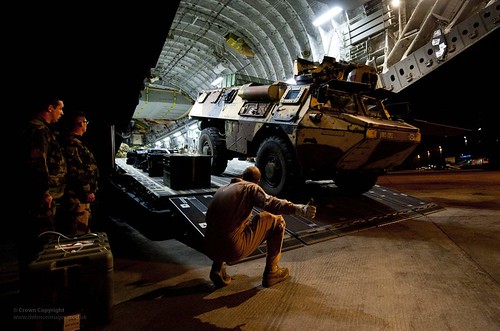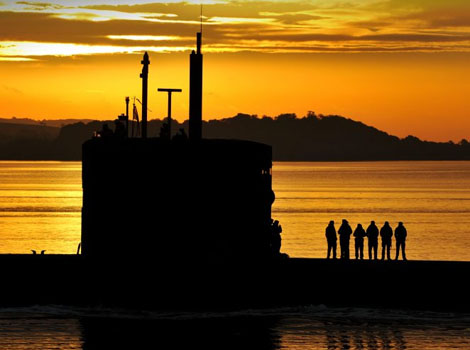
This article was originally published by Stiftung Wissenschaft und Politik (SWP) on 13 May 2014.
While Germany has already put its arms exports to Russia on hold, this kind of decision is still due in France. In particular, one delicate deal, signed by Paris in 2011, is of considerable political and industrial importance: Up to four navy vessels of the Mistral type are to be delivered to Russia for 1.2 billion Euros; the first ship is to be supplied by the end of 2014. This kind of ship can accommodate troops, helicopters and serve as a landing craft for an invasion from sea to land. But it can also function as a swimming headquarters for all sorts of military operations or as a military hospital.




